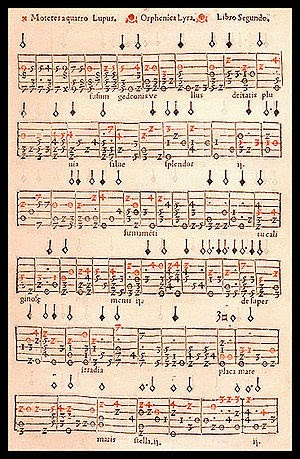With the equipment I use for playing, recording and performing music I try to use each pedal or effect for more than one purpose. Sometimes pedals are only used for one part of one song on a whole album of music or set list in a concert: other than a brief moment the pedal collects dust and is unused. It's very common to come up with crazy effect combinations in the studio that need certain pedals to pull off in the live situations, and sometimes it's just a pedal or two that you wouldn't use for anything else. As much as possible I try to think of ways to mimic specialized sounds just with the small amount of pedals I have in my rig.
Some examples of this are making a delay sound like a reverb by dialling in a real short delay time or adjusting the reverb's pre delay time to sound like a delay. I can make a clean boost pedal sound like an overdrive by adjusting the volume to hit the amp harder and breaking up the sound. I can run overdrive pedals in tandem to create a distortion pedal effect. I can adjust parameters in a chorus pedal that hints at a flanger or tremolo sound. I can use my delay as a chorus song with a super short delay time on a tape echo patch. A wah pedal can act as a filter pedal or just create a cutting solo sound for edgier songs.
Fiddling around with each pedal in your pedalboard chain can produce some useable sounds and make more use of the stuff you have to create interesting tone combinations and distinct sonic moods and nuances. I will even sometimes change the order of the pedals in the chain to create new sounds or dynamics. The possibilities can be encouraging and surprising.
Some of the more specialized pedals that really do only one thing are harder to multitask with but try to work your pedals and effects the best you can into the composition of the song. Look for ways to both contrast and simulate the other instruments in the band. Look for ways to make your effect choices musical, dynamic, organic and touch sensitive so they produce less of a synthesized sound.
The guitarist Oz Noy is fantastic at this and he really makes the pedals he uses a cohesive kind of mosaic within the context of the composition and arrangement of the song. His effects can get really weird but they always have an uncanny connection with the traditional ways of playing the guitar.
Here's Oz Noy:
























